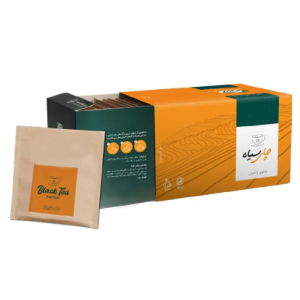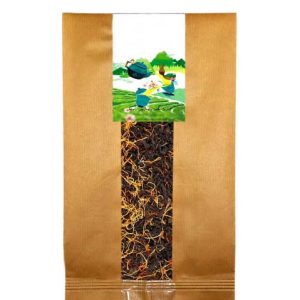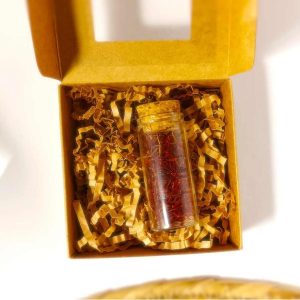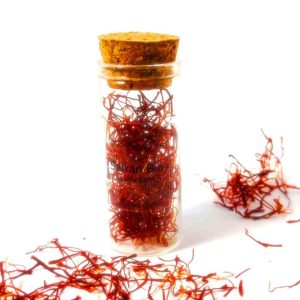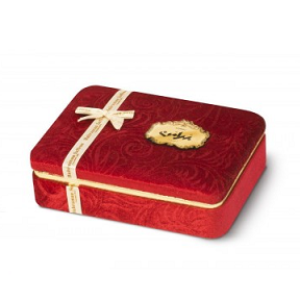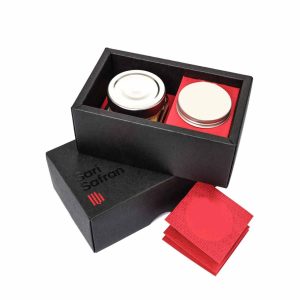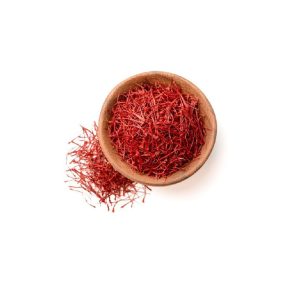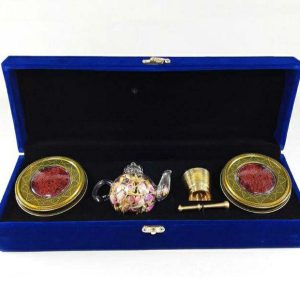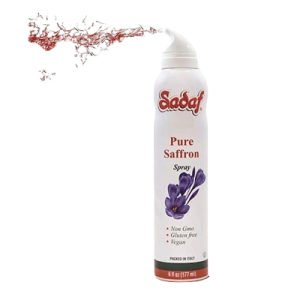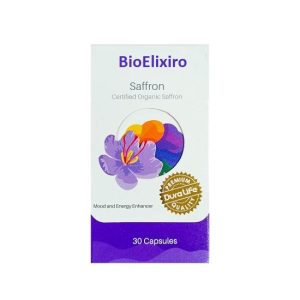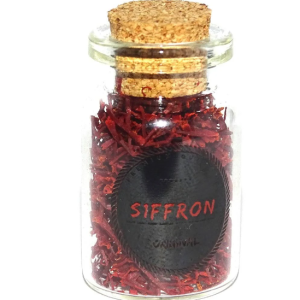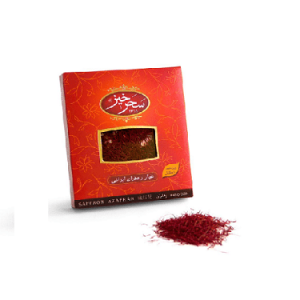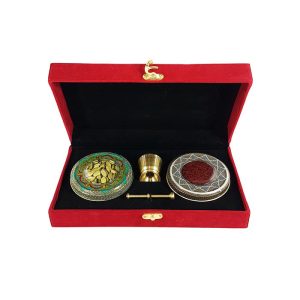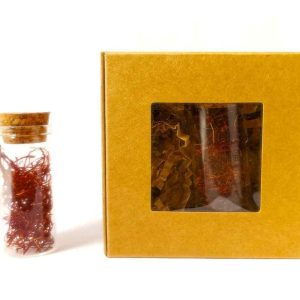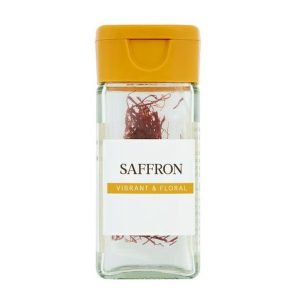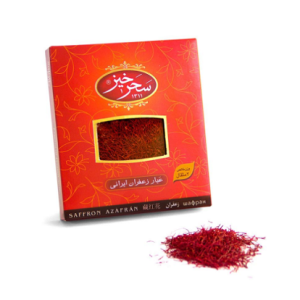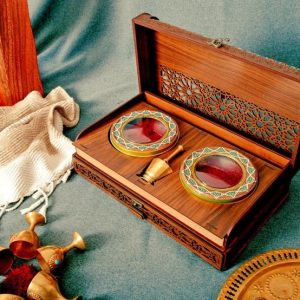All kinds of saffron products

Bulk saffron

Saffron packaging

Saffron tea

Souvenir packages

Drinks and syrups

Saffron capsules

Pushal saffron bulk
Negin saffron bulk
Sargol saffron bulk
Ironed Super Negin saffron bulk
Super negin saffron bulk
Golden Mart
Everything You Should Know About Bio Elixiro Saffron
Saffron, also known as “red gold,” is one of the most valuable and sought-after spices in the world. With its vibrant color, unique flavor, and numerous health benefits, saffron has been used for centuries in various cuisines and traditional medicines. In this comprehensive guide, we will delve into the fascinating world of saffron, exploring its history, cultivation, culinary uses, health benefits, and much more. So, let’s embark on this aromatic journey and discover everything you should know about saffron.
The Origin and History of Saffron
Botanical Name: Crocus sativus L.
- Family: Iridaceae
- Historical Use: Saffron has been used since antiquity in the Middle East, later spreading to Eurasia, North Africa, and North America. It has a documented history in ancient Persian, Greek, Roman, and Arab cultures.
Saffron has a rich and ancient history that dates back thousands of years. It is believed to have originated in ancient Persia (present-day Iran) and was later introduced to various parts of the world through trade routes. The use of saffron can be traced back to ancient civilizations such as the Egyptians, Greeks, and Romans, who valued it for its medicinal properties, culinary delights, and even as a dye for textiles.
Cultivation and Harvesting of Saffron
- Growing Conditions:Saffron is cultivated from the saffron crocus bulb. The plant thrives in a subtropical climate with well-drained, rich soil and full sun. It requires a lot of labor to grow and harvest, contributing to its high cost.
- Harvesting:Saffron is harvested by hand during the bloom period, which is very short (often only a few weeks in autumn). The stigmas of the flower, which are the saffron threads, must be carefully plucked and then dried.
- Labor-Intensity:It takes an estimated 75,000 saffron blossoms to produce a single pound of saffron spice, which explains why it is one of the most expensive spices in the world.
Saffron is derived from the Crocus sativus flower, commonly known as the saffron crocus. The cultivation of saffron requires specific climatic conditions, including dry summers and cool winters. The process begins with planting the saffron corms in well-drained soil during the summer months. The flowers bloom in the autumn, and it is during this time that the precious saffron threads are carefully handpicked from the flowers. The harvesting process is labor-intensive and requires great precision to ensure the quality of the saffron.
Saffron Grades and Quality
- Quality Indicators: High-quality saffron is recognized by its deep red color, slightly sweet, earthy smell, and lack of broken-off debris at the bottom of the container.
- Adulteration Concerns: Due to its high price, saffron is often a target for adulteration with other substances like turmeric, paprika, and safflower. Consumers should purchase saffron from reputable sources to ensure authenticity and quality.
- Vitamins and Minerals: Saffron contains several vitamins and minerals, including vitamin C, magnesium, iron, potassium, and vitamin B6.
- Active Components: The primary active components of saffron are crocin (responsible for its color), picrocrocin (responsible for its bitter taste), and safranal (responsible for its aroma).
Saffron is graded based on its color, aroma, and flavor. The highest quality saffron is known as “Super Negin” , “Negin ” and “Sargol ” which consists of only the deep red stigmas without any yellow or white parts. Other grades include “Pushal,” which contains the red stigmas along with a small portion of the yellow style, and “Bunch,” which consists of the entire saffron thread, including the red stigmas, yellow style, and even the pale yellow petals. The quality of saffron is determined by the amount of crocin (responsible for color), picrocrocin (responsible for flavor), and safranal (responsible for aroma) present in the threads.
Culinary Uses of Saffron
The culinary use of saffron is diverse. Here’s how it’s typically used in cooking:
- Quantity:Saffron is very potent, so recipes usually call for just a few threads.
- Preparation:Often, the threads are soaked in hot water, broth, or milk to release their flavor before being added to dishes.
- Pairing:Saffron pairs well with rice, seafood, chicken, and lamb, and it complements spices like cardamom, cinnamon, and cloves.
Saffron is known for its unique, pungent flavor and the golden-yellow hue it imparts. It is a key ingredient in many dishes around the world, such as Spanish paella, Italian risotto alla milanese, Persian pilafs, Indian biryanis, and French bouillabaisse and saffron-infused desserts like ice cream and cakes. The threads are usually soaked in warm water or milk to release their flavors and colors before being added to the dish. Saffron is known for its ability to elevate the taste of a dish and create a visually appealing presentation.
Health Benefits of Saffron
Saffron is not only a culinary delight but also offers numerous health benefits. It is rich in antioxidants, which help protect the body against oxidative stress and free radicals. Saffron has been studied for its potential anti-inflammatory, antidepressant, and anticancer properties. It may also aid in digestion, improve mood, enhance memory and cognition, and promote eye health. However, it is important to note that saffron should be consumed in moderation and should not replace professional medical advice or treatment.
Saffron in Traditional Medicine
Saffron has been used in traditional medicine for centuries to treat various ailments. It has been valued for its potential anti-inflammatory, antispasmodic, and analgesic properties. Saffron has been used to alleviate symptoms of conditions such as asthma, menstrual disorders, insomnia, and even as an aphrodisiac. However, it is essential to consult a healthcare professional before using saffron for medicinal purposes.
Saffron in Cosmetics and Perfumes
The vibrant color and distinct aroma of saffron have made it a popular ingredient in cosmetics and perfumes. It is used in skincare products for its potential skin-brightening and anti-aging effects. Saffron-infused oils and extracts are also used in perfumes to create unique and captivating scents. The luxurious and exotic nature of saffron adds a touch of elegance to beauty products, making them highly desirable among consumers.
Saffron in Art and Culture
Saffron has not only made its mark in the culinary and medicinal world but also in art and culture. It has been used as a natural dye for textiles, creating vibrant shades of yellow, orange, and red. Saffron has also been a symbol of wealth, luxury, and royalty in many cultures throughout history. It has been depicted in paintings, literature, and even used as a color in religious ceremonies and rituals. The cultural significance of saffron continues to be celebrated and admired to this day. Saffron has been used as a fabric dye, particularly for Buddhist monks’ robes.
Quality and Adulteration of Saffron
Quality Indicators: High-quality saffron is recognized by its deep red color, slightly sweet, earthy smell, and lack of broken-off debris at the bottom of the container.
Adulteration Concerns: Due to its high price, saffron is often a target for adulteration with other substances like turmeric, paprika, and safflower. Consumers should purchase saffron from reputable sources to ensure authenticity and quality.
Storage of Saffron
- Preservation: To maintain its flavor and properties, saffron should be stored in a cool, dark place in an airtight container. Exposure to moisture and light can degrade the quality over time.
Saffron Impact in Economic and Cultural
- Trade and Economy: The saffron trade is a significant part of the economy in regions where it’s grown, such as Iran (the largest producer), Spain, India (particularly in Kashmir), Greece, and Morocco.
- Cultural Significance: Saffron has deep cultural ties, featuring in festivals, religious ceremonies, and traditional medicine across various societies.
Saffron production
Saffron is one of the most expensive plants in the world. This plant is known as a spice and medicinal plant. The saffron plant is cultivated in Iran, Egypt, Spain, Italy, Turkey, Switzerland and Pakistan. But the largest producer of saffron in the world is Iran.
In addition to this name, saffron has other names. One of the names of this plant is red gold and the reason for this name is because of its high price and preciousness. In ancient times, this plant was also known as the blood of Hercules. If you are interested in planting and cultivating saffron, you must have information about the amount of investment and profitability. In order to get this information, you can read the saffron planting explanatory plan article.
There are different types of saffron. Also, saffron is very suitable for treating all kinds of diseases, including depression. To read more about the article, what is saffron? Follow Golden Mart.
Buy saffron
Buying saffron is always done with great obsession. Because people sell fake saffron in this profitable market, you should be very careful when buying saffron. One of the ways to recognize fake saffron is to taste some, if it is sweet, it is fake saffron. Because they add sugar to increase weight.
Buy saffron from reputable websites and stores. .
Saffron price
Saffron is mainly produced in Iran. To know the latest price of saffron, you can contact the Golden Mart website.
Purchase order and information about the price of saffron
Golden Mart is one of the successful international companies in producing, packaging and providing all kinds of organic products under the BioElixiro brand such as saffron in Switzerland. This company has been able to gain a special place in the world with the support of its quality products. Golden Mart, by focusing on providing the best quality and completely organic products under the BioElixiro brand, has been able to reach a good position in saffron cultivation at the global level. It doesn’t matter if you are in Asian or European countries, or you live in Canada or America, just order the product you need. The desired product will be sent to you in the shortest possible time. Be sure that you will be surprised by the high quality of Golden Mart’s completely organic products under the BioElixiro brand.
To see the price of all kinds of saffron, including the price of Negin bulk saffron, visit the special page for purchasing and Golden Mart saffron price. You can also call the number below and find out about the latest price of saffron.
FAQ
What gives saffron its vibrant color?
Saffron gets its vibrant color from the chemical compound called crocin, which is responsible for the intense red hue.
Can saffron be used during pregnancy?
It is generally safe to consume saffron in small amounts during pregnancy. However, it is advisable to consult with a healthcare professional before including it in your diet.
How should saffron be stored?
Saffron should be stored in an airtight container in a cool, dark place to preserve its flavor and aroma. Avoid exposing it to direct sunlight or moisture.
Are there any side effects of consuming saffron?
When consumed in moderation, saffron is generally safe. However, excessive consumption may lead to side effects such as nausea, dizziness, and allergic reactions in some individuals.
Where can I buy high-quality saffron?
If you’re looking to purchase high-quality saffron, you can certainly find it online at Golden Mart, where they offer the Bio Elexiro brand.
What are the uses of saffron?
Saffron has a pleasant aroma and taste. It has more than 150 aromatic compounds, so the taste is incredibly delicate and complex. Saffron is used to flavor rice dishes a beautiful golden yellow, for example Spanish paella and Indian biryani both feature rich yellow rice. Flavors fish and seafood, lamb, pork and vegetables. It is often combined with herbs such as cinnamon, cumin, almonds and vanilla. Saffron can also be used in delicate desserts such as cookies and custard.
What are the benefits of saffron?
Saffron is very useful and can be used for various purposes. One of the benefits of saffron is that it can be used to treat depression. A study showed that the use of saffron has a better effect on people with depression compared to the use of a placebo (fake medicine). Saffron can also be used to treat coughs and colds because it contains various compounds.
Saffron is also known to strengthen the immune system. It contains high levels of nutrients such as vitamin C, which is very important for your health. This vitamin stimulates the production of white blood cells, which are the first line of defense in your immune system.
Saffron is rich in antioxidants that help neutralize harmful free radicals. Free radical damage is associated with chronic diseases such as cancer. In studies, saffron and its compounds have been shown to selectively kill or suppress the growth of colon cancer cells, while leaving healthy cells unharmed.
To learn about the benefits of saffron, read the article on the medicinal properties and benefits of saffron.
How long does saffron last?
Store saffron in a closed container in a cool and dark place for up to six months to get the most flavor. Like other herbs and spices, saffron is sensitive to light, so wrap the package in foil for added protection. Saffron does not spoil, but it loses its flavor more and more as it ages.
Does heat destroy saffron?
Saffron needs time to increase its flavor and have a stronger taste. In addition, it does not resist boiling and frying. The intense heat destroys its aromatic molecules and only the pigments remain.
What is the difference between Negin and Sargol saffron?
Nagin and Sargol are the same in terms of quality and color strength, but Nagin is bigger, thicker and more luxurious in terms of size.
What is the difference between Nagin and Super Nagin saffron?
Super gem is distinguished from ordinary gem strings in terms of color, length and thickness. Only the finest strands that have been perfectly harvested, sized and dried within 24 hours to produce a beautiful bright red color qualify as Super Negin.
Conclusion
Saffron has long been a symbol of luxury and sophistication, a spice that has not only colored dishes with its vibrant hue but also enriched cultures with its distinctive flavor and healthful properties. Throughout the ages, this “red gold” has been a treasured commodity, revered for its applications in the kitchen, its benefits in traditional medicine, and its artful uses in cosmetics and dyeing.
At the heart of saffron’s modern journey is Golden Mart, a name synonymous with the pinnacle of saffron production under the esteemed Bio Elexiro brand. As a leading producer, Golden Mart upholds the deep-rooted traditions of saffron cultivation while also implementing cutting-edge practices to ensure that every strand of their saffron is imbued with quality and authenticity.
For the culinary aficionado, the wellness advocate, or the seeker of the extraordinary, Bio Elexiro’s saffron represents the epitome of what this timeless spice has to offer. Golden Mart, through its Bio Elexiro brand, invites you to explore the rich tapestry of flavors and the numerous health benefits that saffron can bring to your life.
Incorporating Bio Elexiro’s saffron into your lifestyle is not merely an addition to your spice collection—it’s an embrace of history, a nod to the meticulous craft of saffron harvesting, and a commitment to excellence. With every pinch of Bio Elexiro’s saffron, let Golden Mart transport you to a world where every dish is a masterpiece and every meal is an aromatic wonder. Embrace the heritage and indulge in the luxurious essence of the finest saffron from Golden Mart—where every thread is a journey, and every flavor is a story.
Saffron Articles
Applications of saffron in various industries
-
Posted by
 admingolden
admingolden
- 0 comments
Learn more about saffron products
-
Posted by
 admingolden
admingolden
- 0 comments
What are the side effects of saffron in high consumption?
-
Posted by
 admingolden
admingolden
- 1 comment
Justification plan for planting different types of saffron
-
Posted by
 admingolden
admingolden
- 0 comments
Medicinal properties and benefits of saffron
-
Posted by
 admingolden
admingolden
- 0 comments






